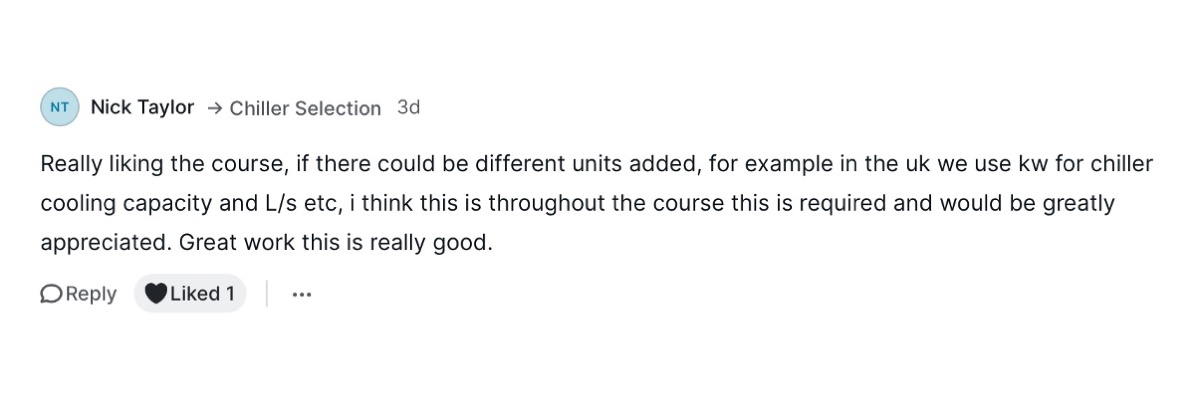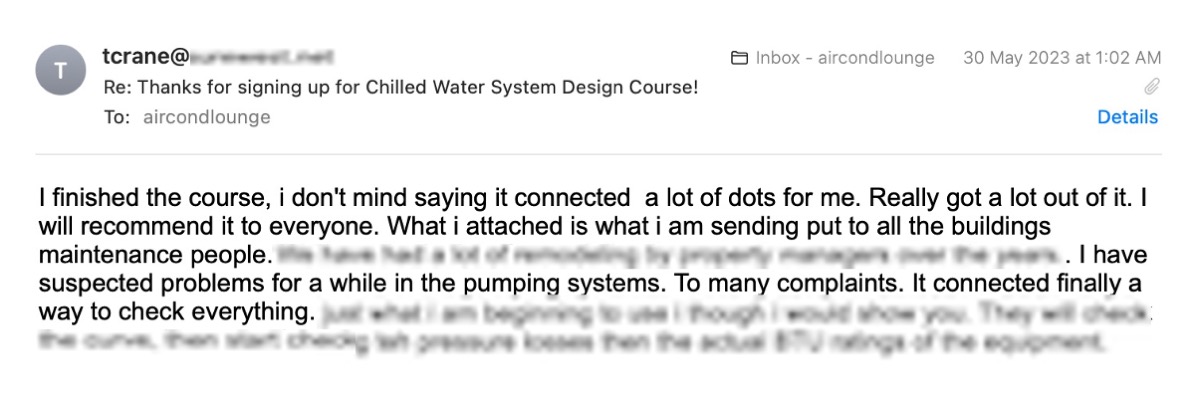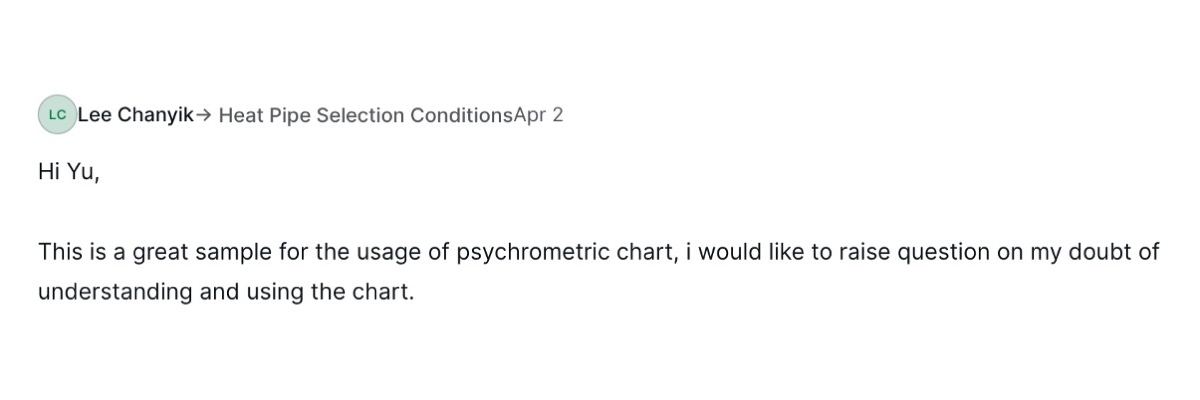or join the Pro Plan at $20/mo or $220/yr.
In this section, you'll be informed about the basic functions available in this course and how to navigate them. Then, you'll be introduced to a sample project that we're going to be using for this course. Subsequently, we'll go through the client's requirements and establish a preliminary design decision for the sample project. You'll be able to download the floor plan drawings to start the design of a chilled water system for the sample project.
In this section, we will compare the common methods currently practiced for cooling load calculation (capacity+airflow). One of the methods will be selected to calculate the required cooling capacity and supply airflow using the sample project. The material used for the calculation will be provided to you and the cooling load calculation result of the sample project will be revealed.
In this section, you'll learn about the common components available in a typical AHU. At the same time, you'll learn the reason behind each AHU component selection through the sample project. Then, you'll learn how to specify the design conditions (DB/WB temperatures of air) of AHU and FCU cooling coils. At the end of this section, you'll be able to download editable excel files that show you exactly what type of AHU and FCU are selected for the sample project.
In this section, you'll learn a way to determine the amount of fresh air needed based on different applications. Then, you'll learn how to specify the design conditions needed for heat pipe and pre-cool air handling unit (PAHU) selection. After that, you'll learn how to design a CO2 sensor system to control the fresh air supply based on demand. Finally, you'll learn how to calculate the cooling capacity of PAHU to find the total cooling load.
In this section, you'll learn how chilled water and condenser water temperatures are determined. Then, we'll work on the chilled water and condenser water flow rate calculations for the sample project. Subsequently, you'll learn a way to identify and select the right chiller and cooling tower through the sample project. Finally, all results will be revealed to you and the procedure to size makeup water tanks will be taught.
In this section, you'll learn about different chilled water system configurations and their suitable applications. Then, you'll learn how to control chilled water flow in one of the system configurations. Subsequently, you'll learn how to size chilled water pipes and how to calculate system pressure to set the pressure rating of the water-side equipment. Finally, you'll learn about different types of valves and gauges, their functions and their positions in chilled water systems.
In this section, you'll learn how to determine the quantity and flow rate of chilled water pumps based on flow demand and minimum flow requirement. Then, you'll learn how to calculate the total head loss in the piping system in order to determine the required pump head with the detailed calculation process revealed to you. Subsequently, you'll learn more about pump sizing, particularly the open-loop condenser water pump and the makeup water pump that has an NPSH requirement. Finally, you'll learn how to select a suitable pump through the sample project.
In this section, you'll learn how to determine the appropriate supply airflow for various kinds of supply air diffusers and thus, the number of diffusers needed. Also, you'll learn how to size grilles and ducts. Then, we'll go through the thought process behind ductwork design. Finally, you'll learn what is CAV and VAV and we'll design a VAV system for the sample project including its control system.
More useful lessons to be uploaded soon...



Every technical reply is equivalent to a valuable consultation session.
Turning knowledge into actions.
John is a chief engineer in charge of the operation and maintenance of a chilled water system. He was struggling with problematic pumps. After enrolling in this course, he learned more about pumps and found a way to solve his pump issue. He then created a troubleshooting checklist and sent to his chief engineer friends to help them solve similar problems.
or join the Pro Plan at $20/mo or $220/yr.
aircondlounge is a member of Stripe Climate. 1% of all proceeds to fund carbon removal.
Your purchase will support the clause and help fight climate change. Thank you.